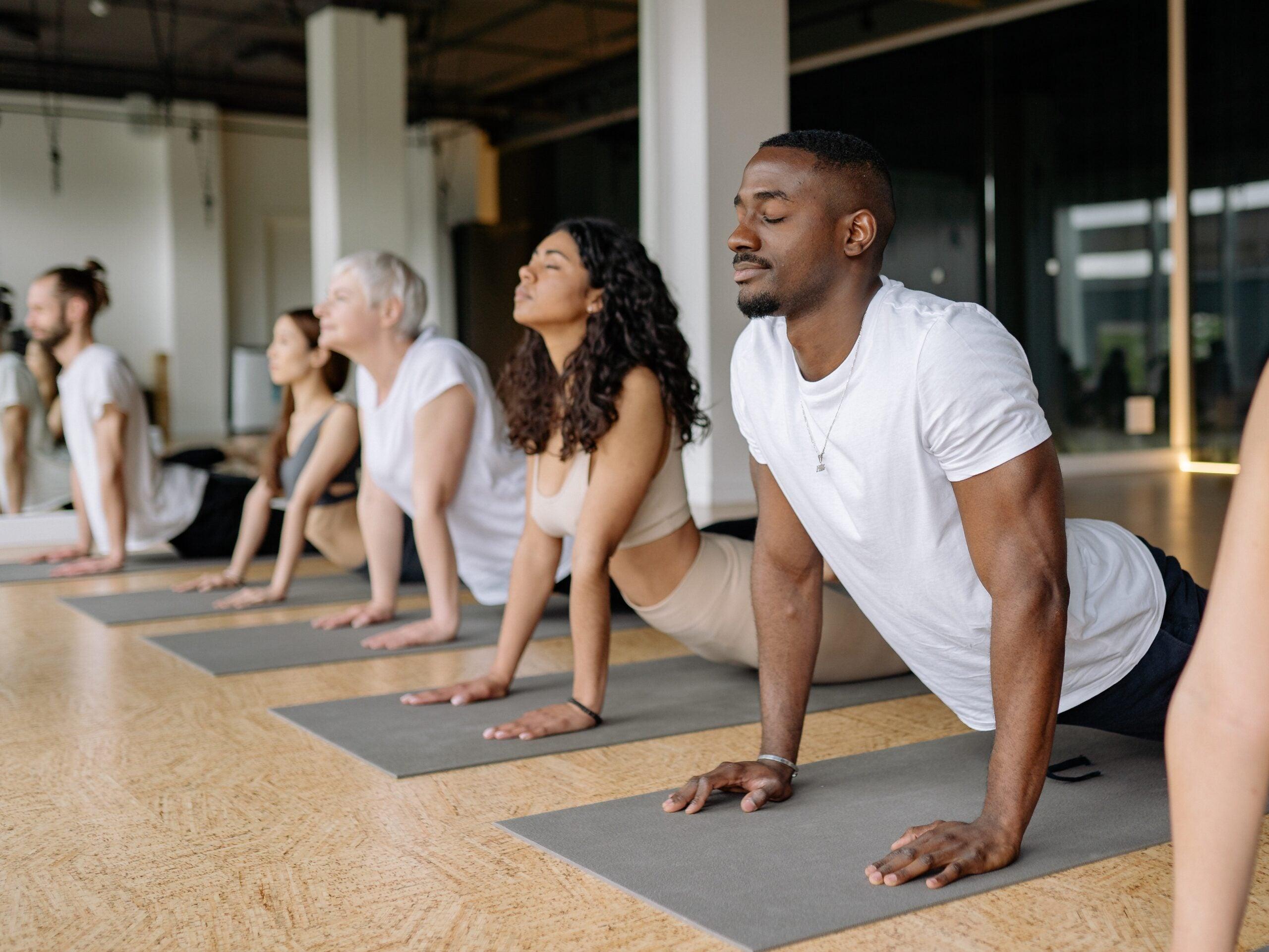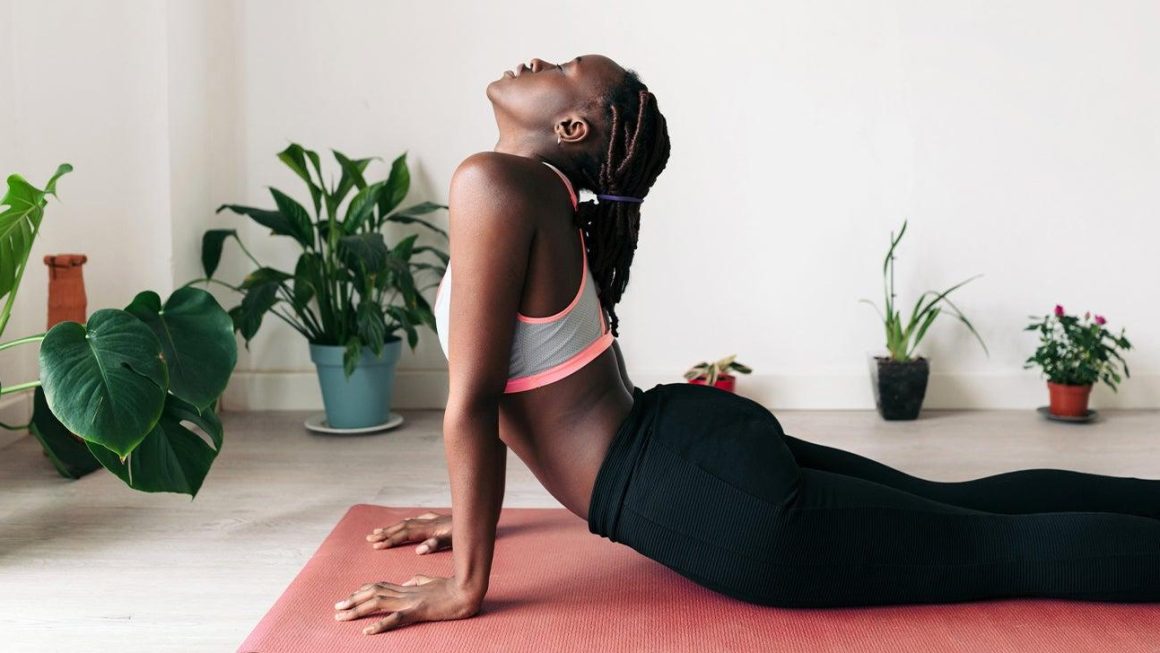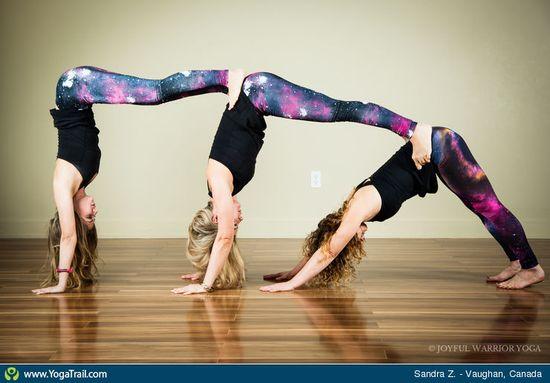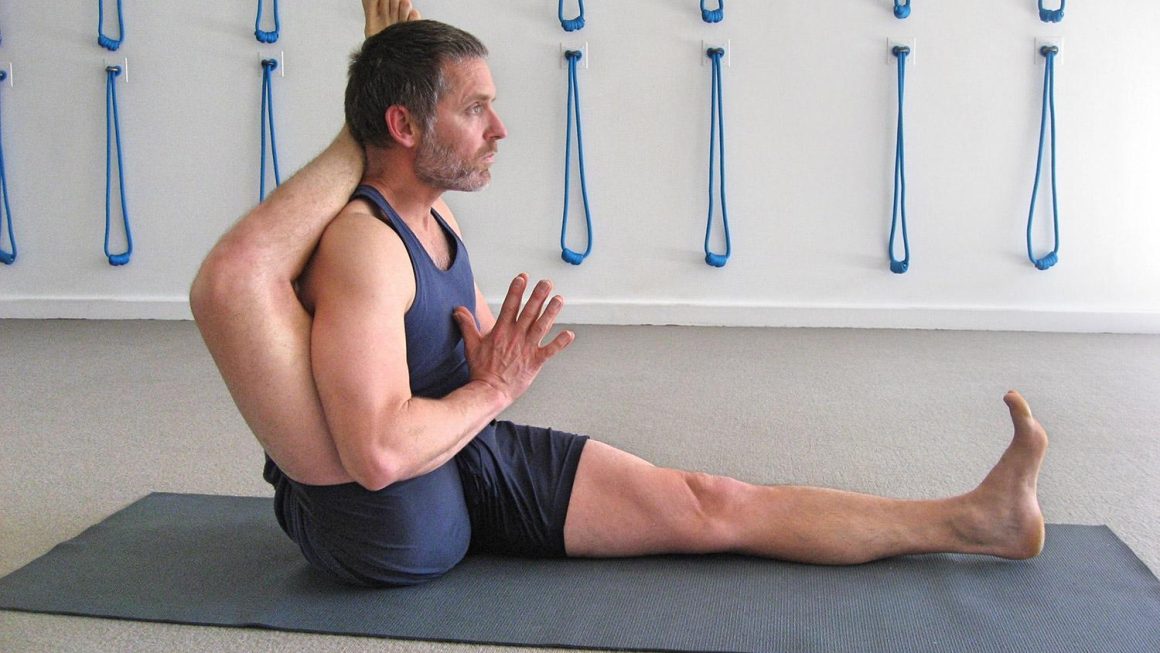In a world that often feels like a whirlwind of noise and distraction, finding moments of tranquility can seem elusive. Yet, the ancient practice of yoga offers a sanctuary, a gentle reprieve where the body and mind can reconnect. Calming yoga moves serve as the bridge between the chaos of daily life and the serene peace we all crave. From grounding postures to soothing breathwork, these movements invite us to slow down, listen to our bodies, and release the tensions that accumulate in both body and mind. Whether you are a seasoned practitioner or a curious newcomer, exploring these calming sequences can help cultivate a sense of balance and harmony, allowing you to navigate life’s challenges with grace. Join us as we delve into a collection of restorative yoga poses designed to cultivate peace and nurture the spirit, bringing a little more calm to your day.
Exploring the Therapeutic Benefits of Calming Yoga Moves
Calming yoga moves are designed to cultivate a sense of tranquility and mindfulness in both body and mind. By embracing gentle, flowing postures, practitioners can tap into a deeper state of relaxation and reduce the effects of stress. Some of the most beneficial poses include:
- Child’s Pose (Balasana): A restful pose that encourages introspection and grounding.
- Cat-Cow Stretch (Marjaryasana-Bitilasana): This dynamic movement fosters fluidity in the spine and helps release tension.
- Legs-Up-The-Wall Pose (Viparita Karani): An inversion that aids circulation, promotes relaxation, and calms the nervous system.
- Corpse Pose (Savasana): A meditative posture that fosters a deep sense of peace and rejuvenation.
These calming moves not only enhance physical flexibility but also promote emotional balance. Practitioners often find that integrating breathwork with these poses deepens their relaxation response, allowing them to connect with their inner selves. Below is a simple overview of how these moves can impact your mental state:
| Yoga Move | Mental Benefit |
|---|---|
| Child’s Pose | Encourages Inner Peace |
| Cat-Cow Stretch | Releases Anxiety |
| Legs-Up-The-Wall | Improves Mood |
| Corpse Pose | Enhances Mindfulness |
Gentle Hatha Poses to Soothe the Mind and Body
Finding serenity through movement can significantly enhance your overall well-being. Gentle Hatha poses are designed to encourage relaxation and mindfulness. Incorporating these calming movements into your practice can help ease stress and promote tranquility. Here are some essential poses to consider:
- Child’s Pose (Balasana) – A restorative pose that gently stretches the hips, thighs, and spine while fostering introspection.
- Cat-Cow Stretch (Marjaryasana-Bitilasana) – A flowing sequence that helps to ease tension in the spine, while synchronizing breath with movement.
- Supported Bridge Pose (Setu Bandhasana) - By elevating the hips with a bolster or yoga block, this pose opens the chest and promotes relaxation.
- Legs-Up-The-Wall Pose (Viparita Karani) – This restorative inversion calms the mind and soothes tired legs, helping to reduce anxiety.
| Pose | Benefits |
|---|---|
| Child’s Pose | Relieves tension in the back and promotes deep relaxation. |
| Cat-Cow Stretch | Enhances flexibility and encourages rhythmic breathing. |
| Supported Bridge Pose | Opens the chest and creates a sense of grounding. |
| Legs-Up-The-Wall | Improves circulation and calms the nervous system. |
Breathwork Techniques to Enhance Relaxation in Your Practice
Integrating specific breathwork techniques into your yoga practice can significantly deepen your sense of relaxation. One popular method is diaphragmatic breathing, which encourages a natural, slow inhalation through the nose, filling the belly first before expanding the chest. This approach not only calms the nervous system but also enhances oxygen flow, revitalizing your body and mind. Consider incorporating these steps into your practice for optimal relaxation:
- Find a comfortable seated or lying position.
- Place one hand on your chest and the other on your belly.
- Inhale deeply through your nose, allowing your belly to rise.
- Exhale slowly through your mouth, noticing your belly fall.
- Repeat for several minutes, allowing each breath to relax your muscles further.
Another effective technique is four-square breathing, which focuses on a rhythmic pattern to quiet the mind and body. In this method, you inhale for a count of four, hold for four, exhale for four, and pause for another four counts before inhaling again. This structured approach helps cultivate mindfulness and present awareness, perfect for enhancing your calming routine. Here’s a simple breakdown:
| Phase | Count |
|---|---|
| Inhale | 4 seconds |
| Hold | 4 seconds |
| Exhale | 4 seconds |
| Pause | 4 seconds |
Creating a Serene Home Yoga Space for Ultimate Tranquility
Creating a peaceful yoga space in your home is essential for enhancing your practice and nurturing a calming atmosphere. To start, select a location that minimizes distractions—ideally, a room with natural light and a soothing view. Adorn this space with gentle colors such as soft blues or earthy neutrals to promote relaxation. Incorporate elements of nature like plants, crystals, or essential oils to ground the environment. Some essentials for your serene space include:
- A yoga mat that provides comfort and support
- Soft cushions for seated poses and meditation
- A diffuser for calming scents like lavender or eucalyptus
- Cozy blankets for relaxation and warmth
In addition to the physical setup, consider integrating soothing sounds to deepen your tranquility. Sounds of nature or calming music can create an inviting atmosphere. When practicing, focus on your breath and allow your surroundings to guide your interactions with each pose. A simple guide for calming moves can include:
| Yoga Move | Description |
|---|---|
| Child’s Pose | A restorative pose to release tension. |
| Legs Up the Wall | Promotes relaxation and reduces fatigue. |
| Cat-Cow Stretch | Gently stretches the spine and improves flexibility. |
| Reclining Bound Angle Pose | Opens the hips and calms the mind. |
Q&A
Title: Find Your Peace: Calming Yoga Moves for Relaxation
Q1: What are calming yoga moves?
A1: Calming yoga moves are gentle postures and sequences designed to promote relaxation, reduce stress, and enhance overall well-being. These moves often focus on deep breathing, mindfulness, and grounding, helping practitioners connect with their bodies and find inner tranquility.
Q2: How can calming yoga movements help with stress?
A2: Calming yoga movements help with stress by triggering the body’s relaxation response. They encourage slow, intentional breathing and mindful awareness, which can lower heart rates, reduce anxiety levels, and help to calm racing thoughts. By focusing on the present moment, individuals can cultivate a sense of peace amid chaos.
Q3: Are there specific poses that are especially beneficial for calming the mind?
A3: Yes, several poses are particularly effective for calming the mind. Child’s Pose, Legs-Up-the-Wall, and Cat-Cow stretches encourage relaxation and promote mindfulness. Poses like Seated Forward Bend and Corpse Pose guide practitioners into deeper states of rest, allowing for a complete mental reset.
Q4: How long should I practice these calming moves for the best effect?
A4: Even a short session of 10-15 minutes can be beneficial. However, dedicating 20-30 minutes to these calming moves can enhance their restorative effects. Listen to your body; longer sessions can be helpful, but quality is more important than quantity when it comes to finding peace.
Q5: Do I need to be experienced in yoga to try these calming moves?
A5: Not at all! Calming yoga moves are accessible to all levels, including beginners. The beauty of these practices is that they can be modified to fit one’s individual comfort and ability. The focus is on relaxation rather than achieving perfect postures.
Q6: Can calming yoga be useful before bedtime?
A6: Certainly! Practicing calming yoga moves before bedtime can effectively prepare your mind and body for restful sleep. Gentle stretches and focused breathing can reduce tension accumulated throughout the day, creating an ideal atmosphere for sleep.
Q7: How can I incorporate calming yoga into my daily routine?
A7: One easy way to incorporate calming yoga is to set aside a few minutes each day, perhaps in the morning or right before bed. You can create a serene space with soft lighting, calming music, or even essential oils. Consistency is key; even a few minutes daily can yield significant benefits over time.
Q8: Is there any equipment needed for these calming poses?
A8: Minimal equipment is needed. A yoga mat provides comfort and stability, while props like blocks, bolsters, or blankets can add support and enhance relaxation in various poses. The beauty of calming yoga moves lies in their simplicity, making them easy to do anywhere.
Embrace the tranquility that calming yoga moves can bring into your life. With every breath, you take a step closer to serenity!
In Retrospect
As we conclude our exploration of calming yoga moves, it’s clear that these gentle practices serve as a bridge to tranquility in our often chaotic lives. Whether you find solace in the soothing rhythm of your breath or the restorative embrace of a simple pose, the journey inward can illuminate pathways to peace and harmony. Embracing these movements not only nurtures the body but also provides a sanctuary for the mind.
As you roll out your mat and settle into your practice, remember that each pose is an invitation—a chance to pause, reflect, and restore. Incorporate these calming techniques into your daily routine, and allow yourself the grace of stillness amidst the whirlwind of life. it’s not just about the physical benefits, but the subtle art of finding balance that can guide us toward a more centered existence. So take a deep breath, let go of the distractions, and immerse yourself in the tranquility that yoga can offer. Your journey to calmness is just a pose away.




